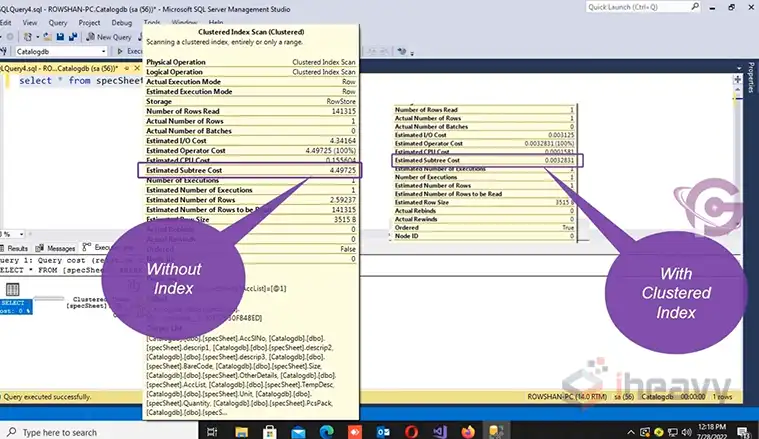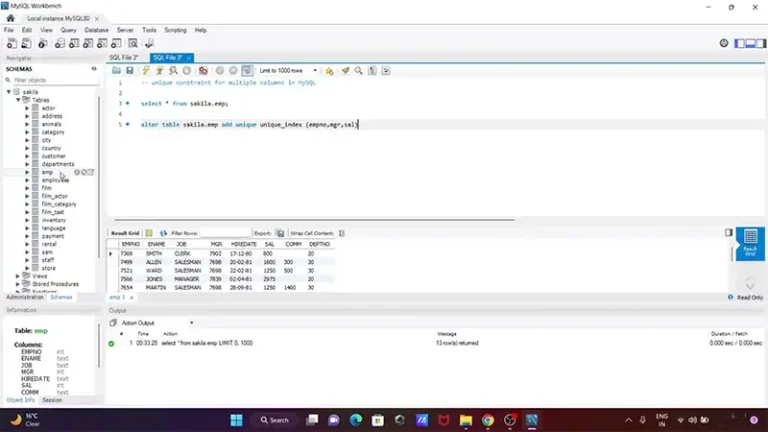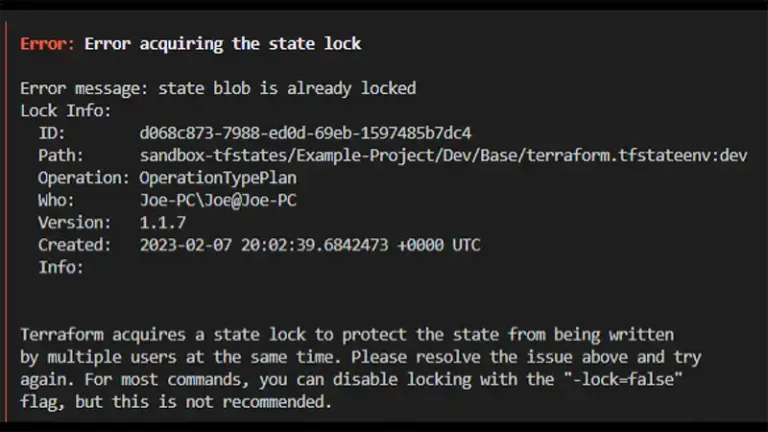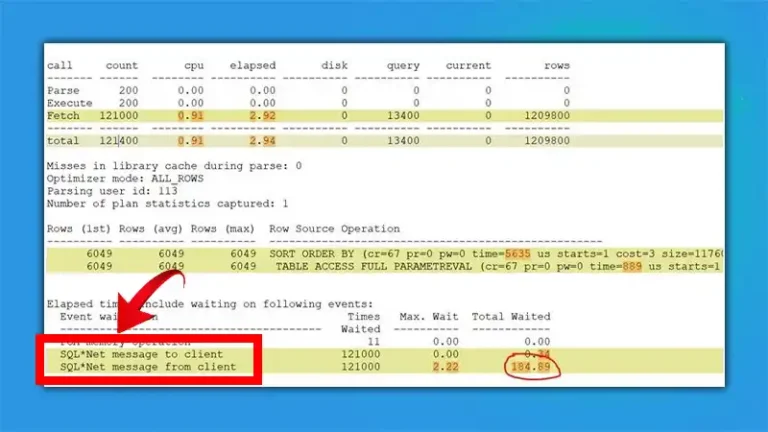Create Clustered Index SQL Server | A Step-by-Step Tutorial
Creating a clustered index in SQL Server is a fundamental step in optimizing the performance of your database queries. A clustered index determines the physical order of data in a table, meaning that the table data is stored in the same order as the index. This can significantly speed up data retrieval for queries that search by indexed columns.
In SQL Server, a table can have only one clustered index because the data rows themselves can only be sorted in one order. However, understanding how and when to create a clustered index is crucial for database performance optimization.
What is a Clustered Index?
A clustered index is an index type where the leaf nodes of the index contain the actual data rows of the table. In contrast to a non-clustered index, where the index contains pointers to the data rows, the clustered index sorts and stores the data rows in the table based on the index key. The clustered index key is the column or set of columns that determines the order of the data within the table.
Benefits of Using a Clustered Index
Improved Query Performance: Queries that search for a range of values or perform sorting operations on indexed columns benefit from clustered indexes as data is physically ordered in the table.
Efficient Data Access: Since the data is stored in order, it reduces the need to perform additional sorting operations, which is beneficial for operations like joins, aggregations, and searches.
How to Create a Clustered Index Table in SQL Server?
To create a clustered index, you can use the CREATE CLUSTERED INDEX statement. Here’s how you can create a clustered index on a table:
1. Choose the Columns for the Index
Select the column(s) that will serve as the index key. These columns should be frequently used in query predicates or sorting operations. Ideally, they should also be unique or have low cardinality to avoid excessive index size.
2. Consider Existing Indexes
If your table already has a primary key, it is usually implemented as a clustered index unless specified otherwise. If no clustered index exists, SQL Server will allow you to create one on any column(s).
3. Create the Clustered Index
Use the following SQL syntax to create a clustered index:
CREATE CLUSTERED INDEX IX_YourTableName_YourColumnName
ON YourTableName (YourColumnName);The above command creates a clustered index named IX_YourTableName_YourColumnName on the column YourColumnName of the table YourTableName. It orders the rows of the table based on the values in YourColumnName.
If you want to create a clustered index on multiple columns, you can specify them as follows:
CREATE CLUSTERED INDEX IX_YourTableName_Composite
ON YourTableName (Column1, Column2);This statement creates a clustered index on Column1 and Column2, which means the data is physically sorted first by Column1, and within each Column1 value, sorted by Column2.
4. Verify Index Creation
To verify that your index was created successfully, you can query the system catalog views:
SELECT
name,
type_desc,
is_unique
FROM
sys.indexes
WHERE
object_id = OBJECT_ID('YourTableName');This query retrieves information about the indexes on YourTableName, allowing you to confirm the existence and type of the new clustered index.
Frequently Asked Questions
How do I determine the best column(s) for a clustered index?
Choose columns that are frequently used in search conditions or sorting operations. Columns that are unique or have a high degree of uniqueness (high cardinality) are ideal candidates.
Can we create a clustered index on multiple columns in SQL Server?
You can create a clustered index on multiple columns. A clustered index defines the physical arrangement of data within a table, organizing it according to the specified key columns. When multiple columns are used for a clustered index, the table’s data is physically stored on disk in the order determined by those columns.
Can we create a clustered index on a varchar column?
While you can generally create a clustered index on a VARCHAR column, there are some limitations. If the underlying table contains LOB or spatial data types, or if the VARCHAR column is of type VARCHAR(MAX), you cannot create a clustered index on it.
Conclusion
Creating and managing clustered indexes is a key aspect of SQL Server performance tuning. By carefully selecting the right columns and understanding the implications of your choices, you can optimize data retrieval and ensure efficient database operations.





